Selecting the ideal camera for fitness videos involves more than just a casual choice. It requires thorough research, ensuring the chosen camera aligns perfectly with your specific needs and preferences. Rather than opting for the first camera that catches your eye, delve into the details of each option, considering features and functionalities crucial for fitness video production.
Drawing upon my knowledge and extensive research, I’ve compiled a curated list encompassing five top-notch cameras tailored for fitness videos. This selection includes a range of options, spanning from DSLRs to Action Cameras, providing diverse choices to cater to varying requirements.
To assist you in finding the perfect fit for your fitness video endeavors, I present these carefully chosen camera options. Let’s delve into the details without further delay, guiding you towards making an informed and satisfactory decision for your fitness video recording needs.
1. Sony Alpha 7 IV
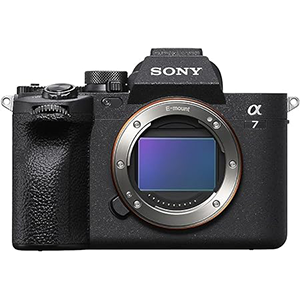
Positioned as a versatile powerhouse in the mirrorless camera market, the Alpha 7 IV claims to be an all-encompassing device, succeeding its predecessor, the renowned Sony Alpha 7 III. This new iteration, while inheriting traits from the high-end Sony A1, manages to offer exceptional performance at a fraction of the cost.
Constructed with a magnesium alloy body, the A7 IV is slightly larger, thicker, and marginally heavier than its predecessor, the A7 III. Despite these changes, the camera remains relatively compact, measuring 9.6 x 6.5 x 6.7 inches and weighing 1.4 pounds. The increased size facilitates a more substantial handgrip, addressing a comfort issue present in the A7 III.
Driving the A7 IV is a newly developed 33-megapixel EXMOR R BSI CMOS sensor, providing a significant advantage over competitors and even the A7 III. The camera inherits Sony’s renowned Auto Focus system, featuring 759 phase-detection points covering 94% of the frame, along with 425 contrast-detection points.
Video capabilities are robust, offering 4K UHD recording at up to 60fps with 4:2:2 color depth. Additionally, it supports Full HD 1080p recording at up to 120fps. The 5-axis image stabilization system ensures stable footage during fitness sessions.
With a commendable battery life for a mirrorless camera, the A7 IV is rated for 580 shots per charge. While praised for its amazing image and video quality, the notable drawback is its relatively high price point.
2. DJI Osmo Action
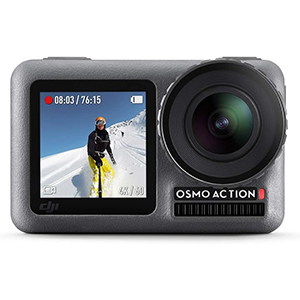
The DJI Osmo Action, a compact action camera hailing from the leading drone brand DJI, emerges as a direct contender to GoPro. DJI seems to have entered the action camera arena with a vengeance, especially considering GoPro’s attempt to venture into the drone industry a few years ago, a move that didn’t fare well for GoPro.
While accusations of design similarities may arise, the DJI Osmo Action stands as more of a reflection of the typical action camera aesthetics rather than an outright imitation. With dimensions measuring 2.56 x 1.65 x 1.38 inches and a weight of 4.4 ounces, it maintains a compact and lightweight form. The camera features a watertight seal and a hydrophobic coating on the touchscreen, ensuring waterproof capability up to 11 meters.
DJI’s commitment to visual quality is evident in the Osmo Action, delivering crisp and clear imagery comparable to the GoPro Hero7 and even trading blows with the Hero8. The camera supports 4K capture from 24fps to 60fps, along with 2.7K at the same frame rate. For 1080p content, it impressively reaches up to 240fps.
A standout feature is the Rocksteady image stabilization, which remains effective even during heavy impacts. The dual-display setup with front and rear displays adds to the user-friendly experience. Despite its strengths, the absence of GPS and a slightly lesser picture quality compared to video might be considered drawbacks. The battery life varies based on recording content, managing approximately 1 hour for 4K at 60fps. Overall, the DJI Osmo Action proves to be a resilient and feature-packed competitor in the action camera market.
3. Nikon D780

Nikon’s unexpected release of the D780 in 2020 came as a surprise, challenging the notion that the D750 and D850 would mark the end of Nikon’s DSLRs. Aimed at revitalizing the DSLR market, the D780 boasts a solid design with excellent ergonomics, fitting comfortably in hand with a secure grip. Featuring a full magnesium alloy body, the camera is both dust and weather-sealed, emphasizing durability. Its dimensions measure 5.65 x 2.99 x 4.55 inches, and it weighs 1.57 pounds.
Internally, the D780 houses a 24-megapixel backside-illuminated sensor, renowned for its image quality and shared with the Z6 model. The autofocus system receives a significant upgrade, offering 51 AF points in single-point autofocus, and notably, it becomes the first Nikon DSLR with live-view autofocus, incorporating 273 on-chip phase-detection autofocus points.
Impressing in the video recording domain, the D780 produces 4K content with high detail and minimal noise, rivaling the video quality of any Nikon camera, except for the Z6. It supports 4K UHD at 30 fps and Full HD at 120 fps.
The standout feature is its remarkable battery life, utilizing the same battery as its predecessor. The D780 can capture up to 2,260 photos on a single charge, a notable feat compared to many mirrorless cameras. Its performance and features make it an excellent choice for professionals in various fields, such as hairstylists and dentists.
Highlighted positives include its very fast autofocus for a DSLR, real 4K video capability, stunning image quality, and user-friendliness, making it great for beginners. However, a drawback is the display, which is not as bright as some users may prefer.
4. GoPro HERO10 Black
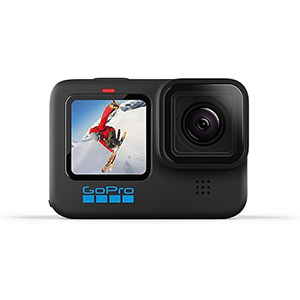
Whether loved or loathed, GoPro stands as the epitome of action cameras, and the GoPro Hero10, their latest flagship model, aims to surpass even its predecessor, the groundbreaking Hero 9.
Maintaining the familiar design with a new blue logo and insignia, the Hero10 closely resembles its forerunner, measuring 3.2 x 4.8 x 9.4 inches and weighing a mere 1.01 pounds. Unwavering in durability, it continues the tradition of being solid and waterproof up to 10 meters.
Beneath the surface, the Hero10 inherits the potent 23.6MP sensor from its sibling. It boasts recording capabilities up to 5.3k resolution at 60fps and 4k resolution at an impressive 120fps. Pushing the boundaries further, it can record in 2.7k at 240fps and an astonishing 270fps in 1080p. The standout feature lies in these remarkable frame rates, setting the Hero10 apart from both its predecessor and competitors.
A game-changer is the new HyperSmooth 4.0 stabilization feature, providing seamless and steady footage. Even when tilted up to 45 degrees in linear mode, the Hero10 remains rock-solid.
Equipped with the same 1720mAh battery as the Hero 9, it’s worth noting that recording 5.3k content at 60fps can significantly drain the battery life. The GoPro’s versatility shines through, making it suitable for various applications, from ghost hunting to underwater adventures and high-speed slow-motion recording.
The Hero10 earns praise for its stunning video and image quality, impressive 4K/120p mode, outstanding stabilization, and swift data transfer speeds. However, its notable drawback is the high price tag.
5. Canon EOS Rebel T8i
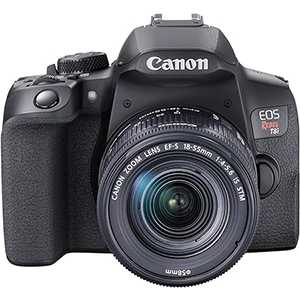
Positioned as an entry-level camera catering to beginners, hobbyists, and content creators, the Canon EOS Rebel T8i proves to be an excellent choice for fitness enthusiasts, boasting features typically found in professional/high-end Canon cameras. Despite being a DSLR, its compact design ensures portability, measuring 3 x 5.16 x 4.04 inches and weighing a manageable 2.9 pounds.
At its core, the Canon EOS T8i houses a 24.1-megapixel sensor with an ISO range of 100-25600 and a robust 45-point all-cross type AF System. This combination ensures the capture of true-to-life content, promising a seamless experience for users.
The 45-point cross-type AF system enhances the camera’s ability to swiftly and accurately focus on subjects, regardless of their location within the frame. For those aiming for cinematic results, the T8i supports 4K content at 24 fps.
In terms of battery life, the T8i performs admirably, providing longevity of 1240 shots when using the viewfinder alone. When utilizing the live view, the battery life drops to 360 shots.
Highlighted positives include a high-quality and high-resolution sensor, very fast autofocus capabilities, a touchscreen LCD for convenient navigation, and user-friendly operation. However, potential drawbacks include its bulkiness and a build quality that may not meet some users’ expectations.
Final Verdict
Capturing and recording workout sessions becomes a seamless task with the right camera.
Hence, I highly recommend thorough research before making a purchase, as it’s a long-term decision and not an everyday buy. Cameras come with a significant price tag that requires careful consideration.

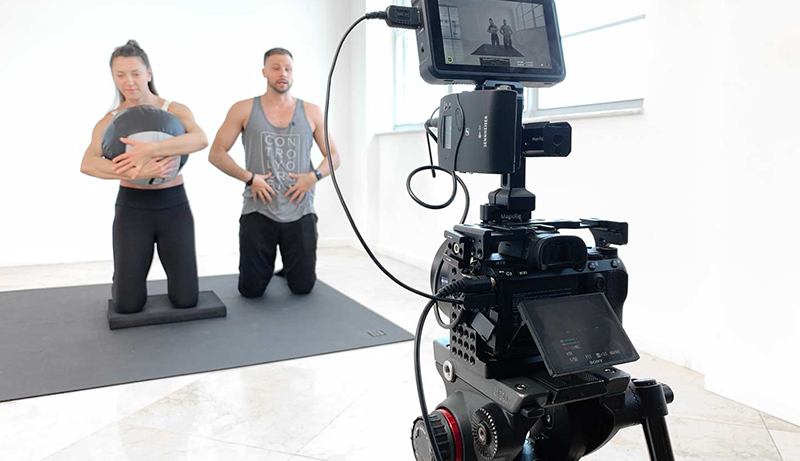

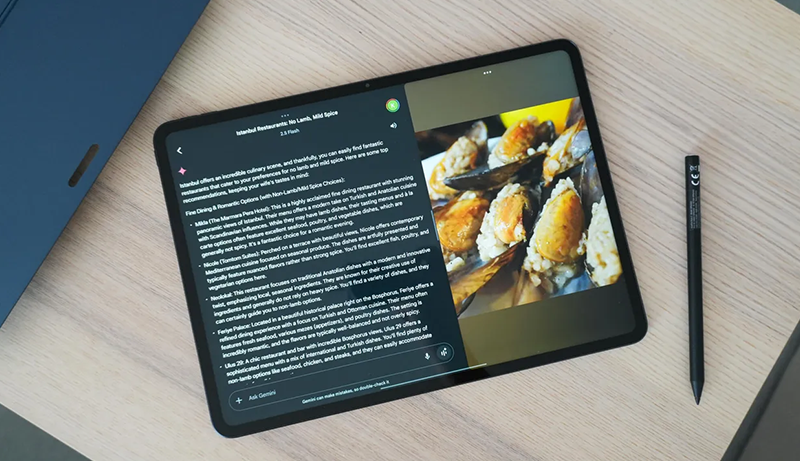

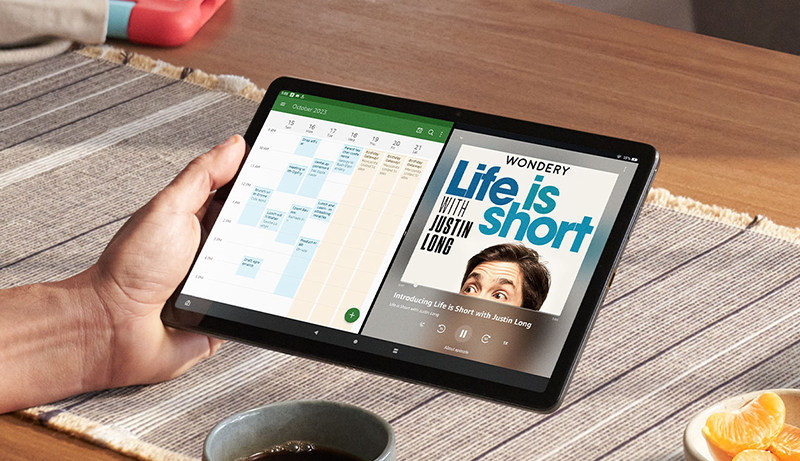
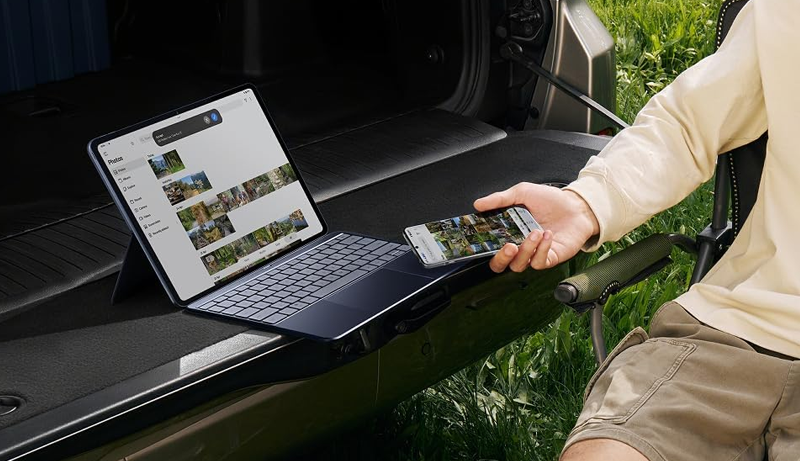
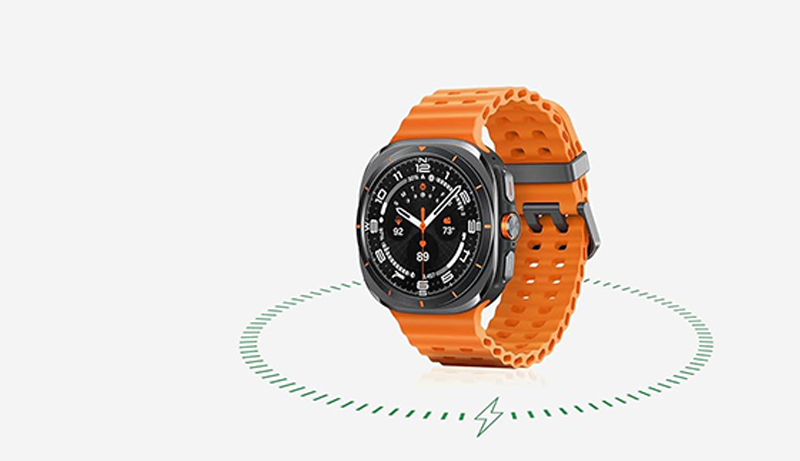
Leave a Reply